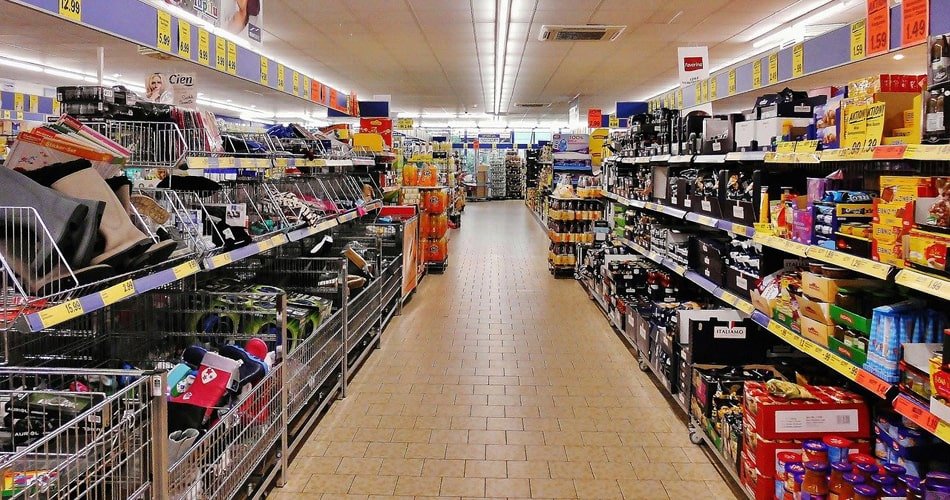Packaging and Labeling

Packaging is the silent salesperson.
Packaging has always served a practical purpose: holding contents together and protecting them during distribution. However, it has now evolved to promote products and enhance their safety and usability. Let’s explore the crucial roles packaging plays in today’s world.
Functions of Packaging
Protecting and Containing Products
Packaging is essential for containing liquids, granular, and other divisible products, allowing manufacturers and retailers to market specific quantities. It provides physical protection, ensuring products like milk, which requires refrigeration, or medicines, which need to remain sterile, reach consumers safely. Packaging guards against damage, evaporation, spillage, and exposure to light, heat, cold, and other harmful conditions.
Promoting Products
Beyond its protective function, packaging is a powerful marketing tool. It distinguishes a product from competitors, links new products to established brands, and can influence consumer perceptions and purchasing decisions. The use of colors, shapes, and materials in packaging design significantly impacts how consumers view and choose products.
To improve information accuracy, the FDA is updating nutrition labels to include clearer serving sizes and calorie counts. Similarly, the Canadian government proposes front-of-package labeling for foods high in sugars, sodium, and saturated fats, helping consumers make healthier choices.
Convenient Storage and Use
Retailers and consumers alike prefer packaging that is easy to store, ship, and handle. Effective packaging protects products, extends shelf life, and offers convenience. Features like easy-to-open lids, childproof seals, and tamper-evident designs enhance user experience. Innovations such as zipper tear strips, hinged lids, and pour spouts address common complaints about difficult-to-open packages.
Reducing Environmental Damage and Recycling
Eco-friendly packaging is increasingly important to consumers and companies. While studies show mixed willingness to pay more for eco-friendly options, a significant number of consumers prefer reusable and recyclable packaging. Companies are responding by developing sustainable packaging solutions to meet this demand.
Labeling
Labels are an integral part of packaging, providing essential information and promotional content. Persuasive labels focus on brand logos and themes, while informational labels help consumers make informed choices. Regulatory standards, like the 1990 Nutritional Labeling and Education Act, ensure that food packages include detailed nutritional information and health claims. Emerging technologies, such as microsensors, can detect food freshness, further aiding consumers in making smart purchasing decisions.
Levels of Packaging
Primary Packaging
This is the packaging that directly contacts the product, such as a beverage bottle or a pasta box. It protects the product and informs consumers about its uses.
Secondary Packaging
Secondary packaging groups products into stock-keeping units (SKUs) for easier handling and additional protection. It often includes components like boxes, padding, and separators. For instance, a corrugated cardboard box containing multiple cereal boxes.
Tertiary Packaging
This outer packaging protects secondary packaging during transport and storage. It includes large containers or boxes with additional protective materials, ensuring products reach their destination in optimal condition.
Conclusion
Packaging has transformed from a mere protective covering to a multifaceted tool that ensures product safety, promotes brands, offers convenience, and supports environmental sustainability. As consumer expectations evolve, packaging continues to adapt, playing a vital role in product distribution and marketing.